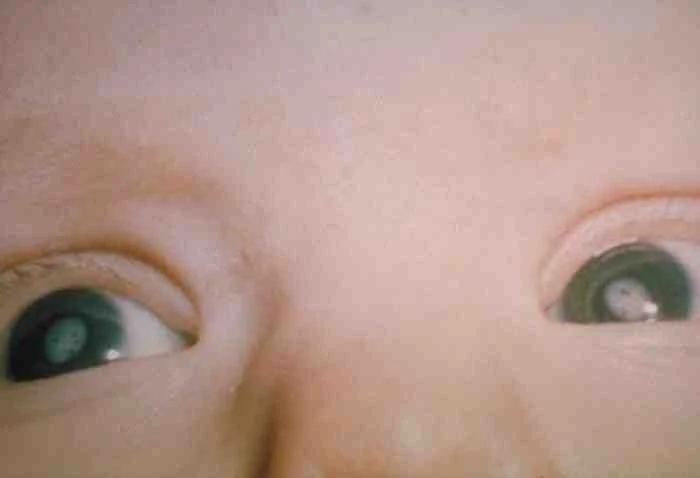Congenital cataract - types, causes, features, treatment
Table of content
Related DNB Question
- Congenital cataract - April 2016
- Causes and Treatment of congenital cataract - December 2016
- Congenital cataract – diagnosis and management - June 2017, marks 5
- Congenital cataract: causes and prevention. - June 2020, marks 5
Definition
Any opacity of the lens is cataract and opacity which is present at birth is congenital cataract.
It can be unilateral or bilateral.
60% of cataracts are isolated defects.
Up to 22% can be a part of a syndrome.
Remaining cases are associated with unrelated major birth defects
Types of congenital cataract
- Congenital anterior polar cataract
- Persistent fetal vasculature
- Congenital posterior polar cataract
- Posterior lenticonus/lentiglobus
- Posterior subcapsular cataract
- Total cataract
- Zonular cataract
Etiology
Developmental variants
Prematurity with or without ROP, Mittendorf dot (remnant of hyaloid artery, persistent papillary membrane)
Genetic
- Simple Mendelian inheritance- AD, AR, X-linked
- Major chromosomal defects- Trisomies, Turner, deletion duplication
- Multisystem genetic disorder- Listed below
- Inborn errors of Metabolism- Galactossemia, galactokinase deficiency, Abetalipoproteinemia, homocystinuria, refsum disease, Wilson disease.
- Congenital infections – Toxoplasma, cytomegalovirus, syphilis, rubella, varicella infections.
List of Syndromes associated with congenital cataract
- Alport syndrome
- Cockayne syndrome
- Crouzon syndrome
- Down syndrome
- Ectodermal dysplasia
- Fabry disease
- Galactosemia
- Hypoparathyroidism
- Incontinentia pigmenti
- Lowe syndrome
- Marfan syndrome
- Myotonic dystrophy
- Trisomy 13 and 15
Clinical features
- Blurred/poor vision
- Asymmetrical red reflex
- Leukocoria
- Nystagmus
- Strabismus
- Photophobia
- Delayed development due to lack of visual inputs.
- Other associated syndromic manifestation
Natural progression
A congenital cataract may be stationary or progressive depending on the type.
Therefore should be followed up till early amblyopic age i.e 5 years
Treatment
Basic principle
- Cataract that interferes significantly with vision needs to be treated.
- Visually insignificant cataracts need to be monitored for the development of amblyopia
Aim
The main aim is correction of associated sensory deprivation amblyopia. This involves two steps.
- Removal of lens material to provide an optically clear visual axis.
- Correction of the resultant aphakic refractive error.
The options for correction of refractory errors are
- Spectacles.
- Contact lenses can be used where spectacles cannot be.
- Intraocular lenses for 2 yr or older children
Progression
Depends on many factors like
- age of onset
- age of intervention,
- complications of the surgery,
- the severity of attendant amblyopia.
Persistent amblyopia is the most common cause of poor recovery.
Prevention
- Hereditary cataracts cannot be prevented, however appropriate screening of expecting parents and genetic counseling can help.
- Rubella vaccination before pregnancy and screening to TORCH infection where appropriate.
- Newborn screening for all fascilitates early diagnosis and appropriate management
Further reading
- Genetic of congenital cataract, its diagnosis, and therapeutics
- Archives of disease in childhood - Congenital cataract, a cause of preventable child blindness pdf
Similar posts
- Retinopathy of Prematurity - Recent advances in treatment
- Neonatal postural reflexes
- Neonatal thrombocytopenia
- Neonatal Jaundice
- Hypoxic ischaemic encephalopathy

Author

Mandira Roy | DNB(Pediatrics), fellowship in Devlopemental Pediatrics
Mandira has completed her pediatric residency at the Institute of Child health Kolkata and currently working as a Pediatrician with special focus on developmental medicine
💡 Join the Discussion!
🩺 Help us refine this article — share corrections or additional information below. Let's elevate the accuracy of knowledge together! 💉💬